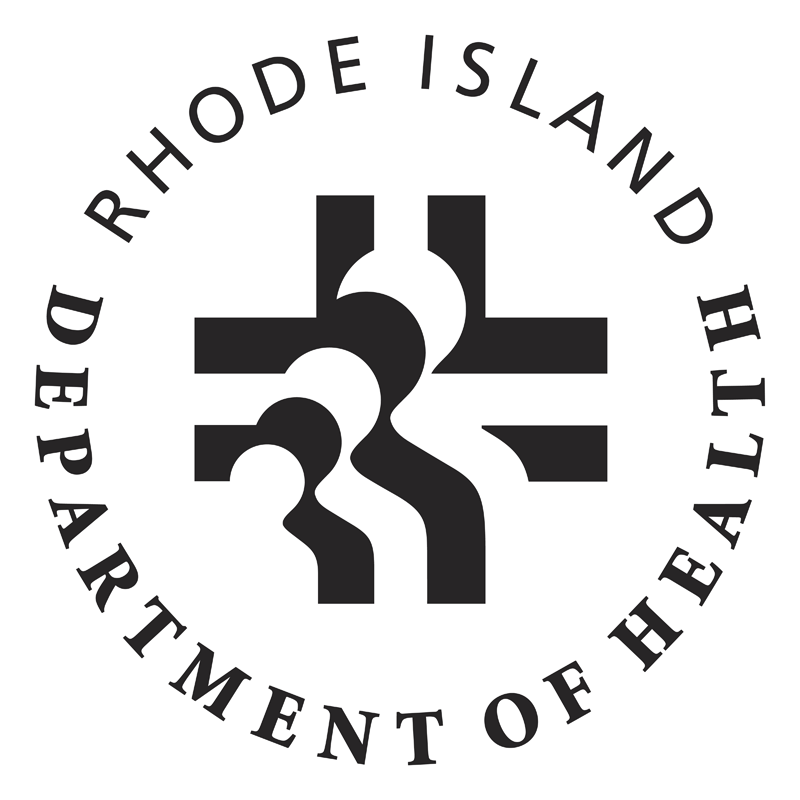 Rhode Island Department of Health
Rhode Island Department of HealthState of Rhode Island
Department of Health
 Rhode Island Department of Health
Rhode Island Department of HealthState of Rhode Island
Department of Health
Food insecurity is defined as the disruption of food intake or eating patterns because of lack of money and other resources. Adults who are food insecure may be at an increased risk for a variety of negative health outcomes and health disparities. more The Rhode Island Food Strategy includes a goal to reduce food insecurity in Rhode Island to below 10 percent by 2020.
To assess Rhode Island's progress towards advancing health equity, as part of the Rhode Island Health Equity Measures.
| Measure | Percentage of population who are food insecure |
| Data Source | Feeding America - Map the Meal Gap |
| Strata | County |
| What this measure means | This measure is a county-level estimate of the prevalence of food insecurity based on an analysis done by Feeding America. The relationship between food insecurity and closely linked measures of food insecurity (poverty, unemployment, homeownership, etc.) are first analyzed at the state level. Then, this analysis is compared with the same variables at the county level to generate estimated food insecurity rates for individuals and children in Rhode Island counties. More information about this methodology can be found in the Map the Meal Gap annual technical brief. more |